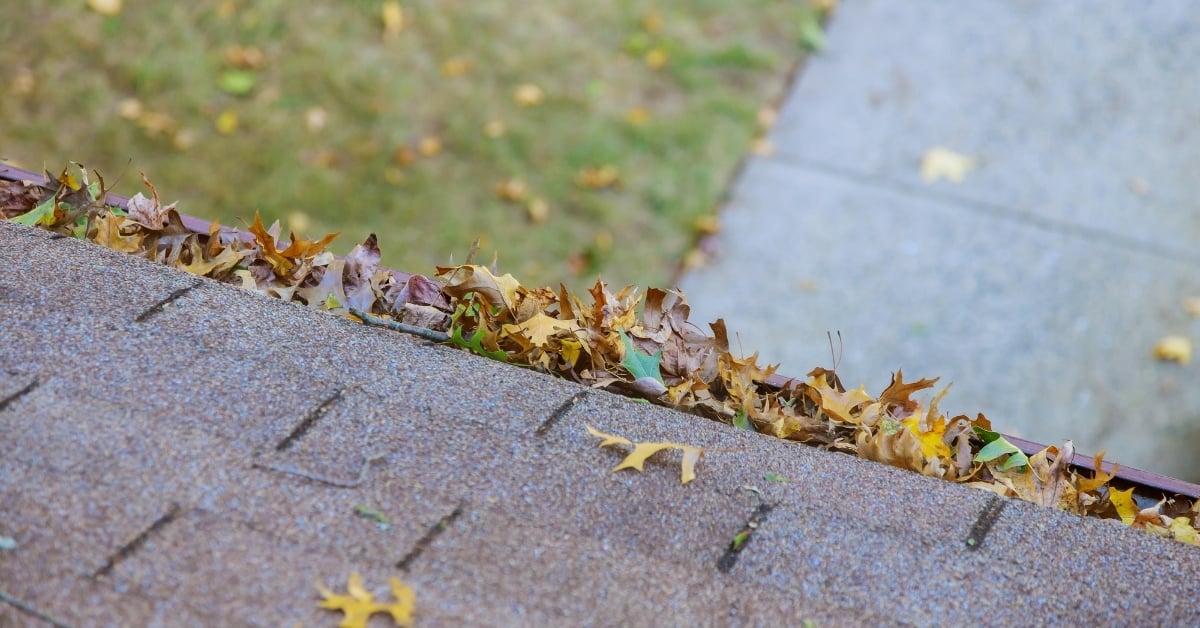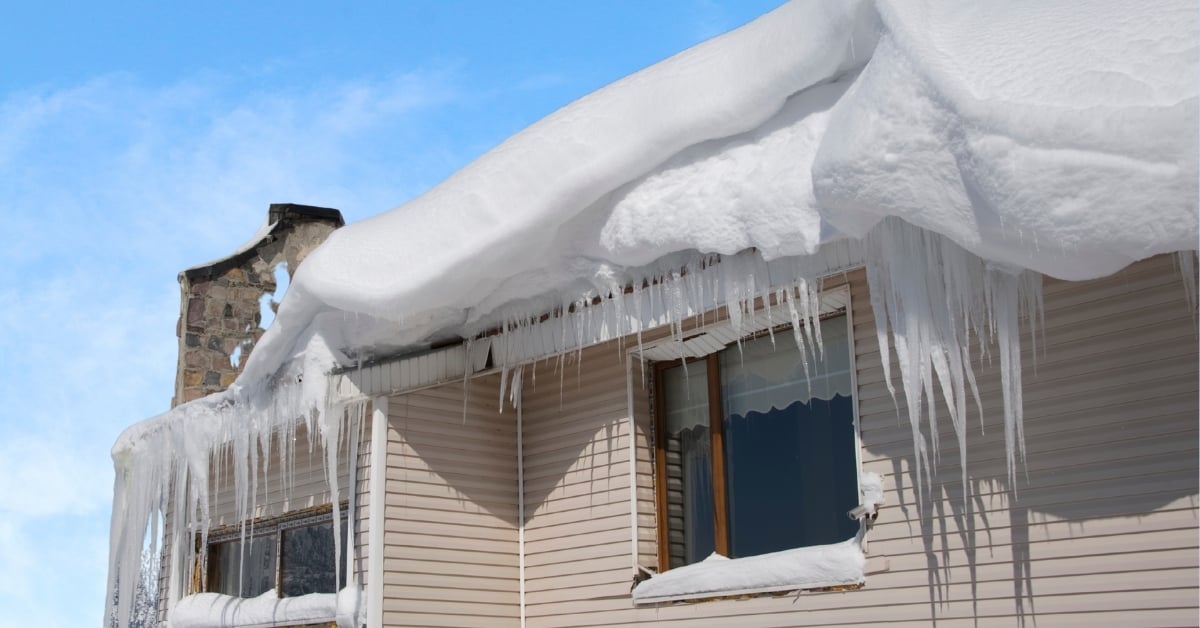When the air starts to cool and the leaves begin to turn, it’s easy to get caught up in the comforts of fall — warm drinks, football season, and the anticipation of the holidays. But for homeowners, autumn is also one of the most important times of the year to think about roof maintenance.
As winter approaches, your roof becomes the first line of defense against cold temperatures, wind, ice, and heavy snow. Even small issues can quickly grow into serious problems once the freezing weather sets in. That’s why fall is the perfect season to take a closer look at your roof and make sure it’s ready for what’s ahead.
At Downtown Roofing, we’ve seen firsthand how a little preventive maintenance can extend the life of a roof and prevent costly repairs down the road. Here’s a detailed checklist to help you prepare your home or business roof for the winter months.
1. Start with a Thorough Roof Inspection
Before you can prepare your roof for the season, you need to know its condition. A professional inspection is the best way to identify hidden problems early — things like small cracks, loose flashing, or shingle damage that might not be visible from the ground.
An experienced roofing contractor will look for signs of wear, check the integrity of your roof’s sealants, and make sure the flashing around chimneys, vents, and skylights is secure. They’ll also inspect the attic for signs of leaks, moisture buildup, or poor ventilation, which are often early indicators of roof issues.

If it’s been more than a year since your last inspection, fall is the ideal time to schedule one. Once snow begins to fall, getting onto the roof safely becomes much more difficult — and any existing weaknesses could worsen under the added weight and moisture.
2. Clear Off Debris
Leaves, twigs, pine needles, and other debris might seem harmless, but they can trap moisture against your shingles and cause premature deterioration. Over time, that trapped moisture can lead to mold, algae growth, or even rot.
Using a roof rake or leaf blower, gently remove any buildup from the roof’s surface. If debris has accumulated in valleys or near roof edges, pay close attention to those areas — they’re the first to hold water during storms and freeze-thaw cycles.

Be cautious when cleaning the roof yourself. Walking on a roof can be dangerous, especially when it’s damp or covered in leaves. In many cases, it’s best to have a professional handle this part of your fall maintenance.
3. Clean Out Gutters and Downspouts
One of the most common causes of winter roof damage isn’t actually on the roof — it’s in the gutters. When gutters become clogged with leaves and debris, water can’t drain properly. Instead, it backs up under your shingles or overflows, pooling around your home’s foundation.
Once temperatures drop, that trapped water can freeze into ice dams, adding weight to your roof and creating the perfect environment for leaks. Cleaning your gutters in the fall is one of the simplest and most effective ways to prevent this.

Make sure all downspouts are clear and draining water several feet away from your foundation. If your property has large trees nearby, consider installing gutter guards to reduce how often you’ll need to clean them.
4. Check for Damaged or Missing Shingles
Fall winds can be strong, and if your roof already has a few loose or missing shingles, those gusts can easily make things worse. Once a shingle comes off, the underlayment beneath is exposed to the elements, leaving your home vulnerable to leaks and further damage.
Walk around your home and look for shingles that appear cracked, curled, or discolored — these are all signs of wear. Also, keep an eye out for granules from asphalt shingles collecting in your gutters or near downspouts, which can indicate that your roof is nearing the end of its lifespan.
If you notice any of these issues, don’t wait until spring to have them repaired. Freezing temperatures make shingles more brittle, and repairs become more difficult once snow or ice sets in.
5. Inspect Flashing and Sealant Around Roof Penetrations
The areas where your roof meets chimneys, vents, or skylights are common weak points. The metal flashing that seals these joints can warp or pull away over time, especially with temperature changes from hot summers to cold winters.
A quick inspection in the fall can reveal whether flashing needs to be resealed or replaced. Look for gaps, rust, or cracked caulking. These are all signs that moisture could soon find its way in.

Addressing these small issues now can prevent major leaks later — especially when snow and ice begin to melt in uneven cycles throughout the winter.
6. Trim Overhanging Tree Branches
Branches that hang over your roof can do more harm than you might think. In fall, they drop leaves that clog gutters and trap moisture. In winter, those same branches can snap under the weight of snow and ice, potentially damaging shingles or even puncturing the roof deck.
Trimming back branches before the first frost keeps your roof clear and reduces the risk of damage during storms. It’s also a good time to assess the health of nearby trees — if any are dying or leaning toward your home, removing them before winter might save you from an unexpected emergency.
7. Check Attic Ventilation and Insulation
One of the most overlooked parts of roof maintenance happens inside your home. Proper attic ventilation and insulation play a major role in how your roof performs during cold weather.
When warm indoor air escapes into the attic, it can melt the snow on your roof unevenly. That meltwater then refreezes at the eaves, creating ice dams that trap moisture and put stress on your roofing system.
A well-ventilated attic allows air to circulate and keeps temperatures consistent, reducing the risk of ice dams while improving your home’s overall energy efficiency. Fall is an excellent time to check for signs of inadequate insulation, like uneven temperatures, musty odors, or visible frost inside the attic.
8. Look for Signs of Moisture or Leaks
Before winter arrives, take a few minutes to inspect your attic and ceilings for any signs of water intrusion. Stains, damp insulation, or a musty smell can all indicate that water is getting in somewhere.
Small leaks are often easy to overlook, but once freezing temperatures hit, they can quickly become much worse. Water that seeps into cracks or under shingles expands when it freezes, widening gaps and causing further damage.
Catching and repairing leaks before the first snow helps protect both your roof and the interior of your home.
9. Prepare for Heavy Snow
Snow may look peaceful, but it adds a surprising amount of weight to your roof. The average cubic foot of packed snow weighs roughly 20 pounds — and that weight adds up quickly.

If your region sees heavy snowfalls, make sure your roof structure is strong enough to handle the load. Check for sagging areas or cracks along the rafters. For low-slope or flat roofs, ensure drains are clear so melting snow doesn’t pool and refreeze.
Having a roof rake on hand can also help you safely remove snow from the edges without climbing onto the roof.
10. Schedule Professional Maintenance
While there’s plenty a homeowner can do to prepare for winter, a professional roofing contractor has the training and tools to catch things you might miss. A fall maintenance visit from Downtown Roofing typically includes a full inspection, gutter cleaning, and minor repairs to flashing, caulking, or shingles as needed.
We help homeowners and businesses ensure their roofs are watertight and structurally sound before winter storms arrive — giving you peace of mind that your property is protected through the coldest months of the year.
Don’t Wait Until It’s Too Late
A little fall preparation goes a long way toward preventing expensive repairs once winter sets in. Taking the time now to clean, inspect, and maintain your roof can mean the difference between a worry-free season and an emergency call during a snowstorm.
If you’re not sure where to start or want a professional set of eyes on your roof, schedule a fall roof inspection with Downtown Roofing. Our experienced team will make sure your roof is ready to handle whatever the coming months bring — from heavy snow and ice to strong winter winds.

Oct 21, 2025 11:48:11 AM
.jpg?width=520&height=294&name=Hero%20(90).jpg)
